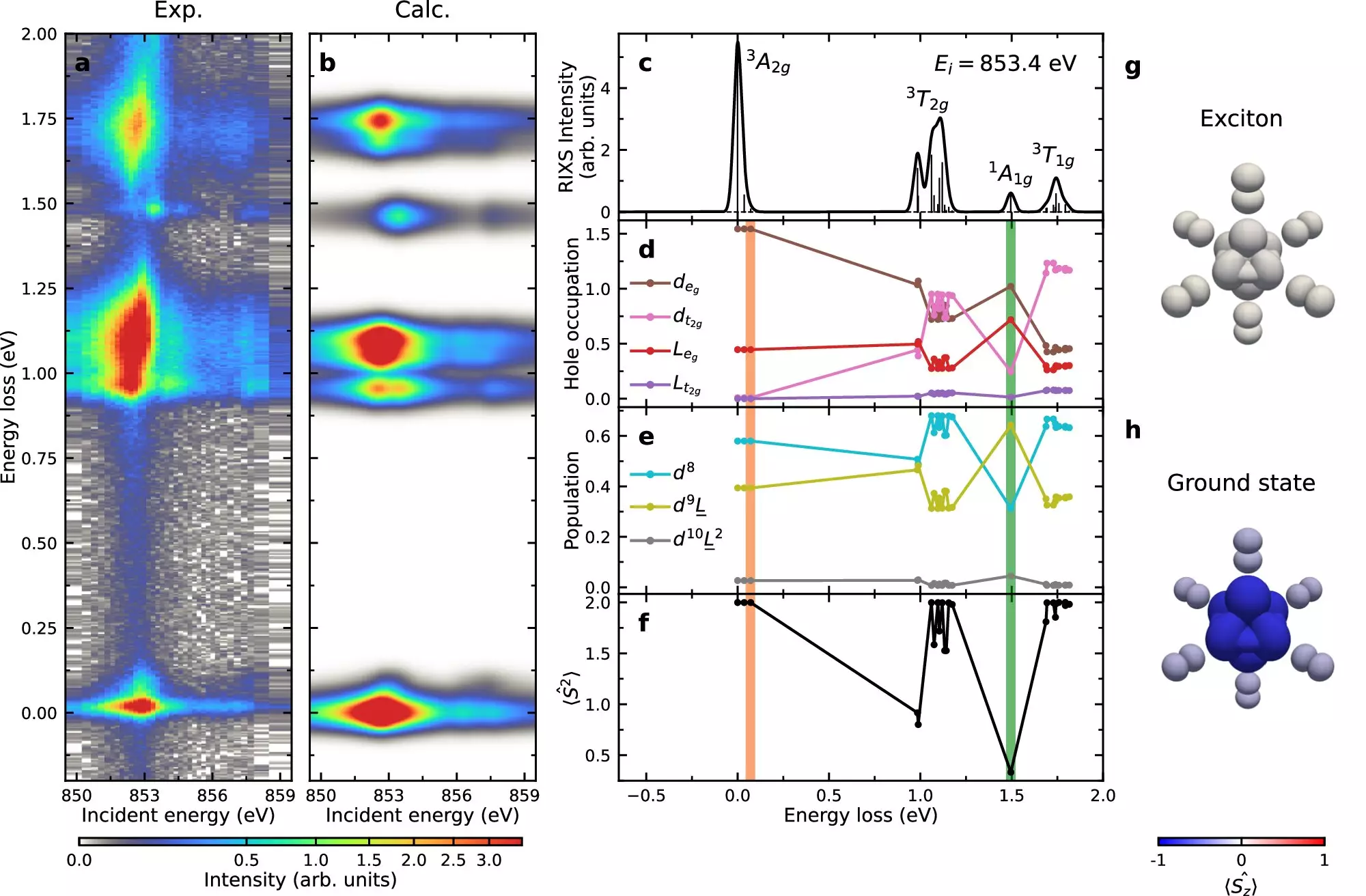The study of new materials has long been a fertile ground for technological breakthroughs, especially when it comes to managing and manipulating fundamental particle-like entities in condensed matter physics. A recent investigation by a research team at Brookhaven National Laboratory, associated with the U.S. Department of Energy, has shed light on excitons within a class of materials termed van der Waals magnets. This research opens up exciting possibilities for future technologies, particularly in the realm of data storage and information processing.
The Significance of Excitons in Modern Physics
Excitons are intriguing quasiparticles consisting of an electron bound to a “hole,” the latter representing a vacancy in the electronic structure that behaves like a positively charged entity. Understanding excitons is crucial because they play a fundamental role in various optoelectronic processes and have been linked to phenomena like superconductivity and magnetism. The work conducted by the Brookhaven team focuses on nickel phosphorus trisulfide (NiPS3), a van der Waals magnet that has recently garnered attention due to its promise for the development of advanced technologies.
However, comprehending the behavior of excitons within NiPS3 has proven challenging. Previous studies had failed to elucidate the exciton dynamics, leaving a significant gap in our overall grasp of how these particle-like excitations interact with the material’s magnetic properties.
Innovative Techniques: The Power of RIXS
The Brookhaven research group employed an advanced technique called resonant inelastic X-ray scattering (RIXS), conducted at the National Synchrotron Light Source II (NSLS-II). This innovative method uses high-intensity X-ray beams to probe the electronic properties of materials with remarkable precision. The experimental setup allows researchers to “catch” X-ray photons scattered by the excitons, analyzing their momentum and energy to deduce the underlying interactions at play.
Mark Dean, a Brookhaven physicist and co-author of the study, highlights the pivotal questions addressed through RIXS: What is the underlying nature of the exciton, and how does it interact with magnetism? The research sought to uncover the intricate interplay between the optical states of these excitons and the magnetic lattice structure of NiPS3—a relationship of significant technological interest.
The findings from the study unveiled how the formation and movement of excitons in NiPS3 is fundamentally governed by Hund’s exchange interaction, a principle describing how the alignment of electron spins influences energy configurations within the material. The researchers discovered that this exchange energy supplies the necessary conditions for excitons to form, suggesting a layered complexity between excitonic phenomena and magnetic properties.
Moreover, the research highlighted a striking similarity between exciton behavior and a spin disturbance known as a double-magnon. Understanding both excitons and magnons is crucial, as they represent two sides of the same coin when it comes to the intertwined nature of electronic and magnetic dynamics in van der Waals materials.
The collaboration and insights gathered from this study are not merely academic; they point toward future applications in magnetism-based technologies. The potential utilization of excitons as information carriers could revolutionize data storage solutions and radically alter computing paradigms. By harnessing the relationship between excitons and magnetic properties, researchers may pave the way for novel devices capable of processing and storing data at previously unattainable speeds.
As instrumentation techniques continue to evolve, researchers anticipate that further exploration of materials like NiPS3 using advanced methodologies, including enhanced RIXS and electron microscopy, will yield even more insights into these exotic states of matter.
The exploration of excitons in van der Waals magnets represents an exciting frontier in materials science, combining advances in experimental techniques with theoretical inquiry. As we stand on the brink of a new era in technology, the detail-rich findings produced by the Brookhaven National Laboratory team illuminate a path forward, suggesting that the interplay between the optical and magnetic realms can not only deepen our understanding of fundamental physics but also fuel the development of next-generation devices that could reshape the technological landscape.

